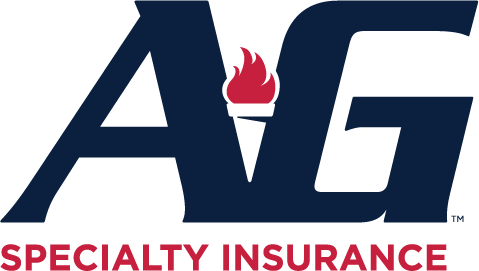May 01, 2024
A-G Administrators is now A-G Specialty Insurance
A-G Administrators is now A-G Specialty Insurance
Dec 22, 2021

School districts across the U.S. probably aren’t surprised to read that their three most popular sports are also the three most dangerous sports f or their students, with almost 400,000 football injuries, close to 390,000 basketball injuries, and around 170,000 soccer injuries a year. Rounding out the top ten are other familiar sports, including baseball, softball, volleyball, wrestling, cheerleading, gymnastics, and track and field.
Recent sports injury data show treatment costs for high school sports injuries range from $5.4 billion to $19.2 billion a year, making sports participation not just potentially dangerous but also expensive for medical treatment, too.

The possible dangers of sports come with many benefits , however. Sports provide exercise and support health and wellness. They build confidence, self-esteem, and teamwork skills, teach critical thinking, and help with social interactions. They can help students secure college scholarships. And they can contribute to school spirit in the community.
Finding a balance between the risks and the benefits of sports programs for their student-athletes is a constant job for school business managers. Many are finding that risk management can play an important role in controlling cost and danger.
How can risk management help?
Young student-athletes experience two types of injuries : acute injuries from sudden trauma and overuse injuries that occur from repeated activity without enough time to heal in between.
The driving force behind the majority of injuries to players is contact with another player. While ankle sprains are the most frequent (and easiest to heal) injury across all sports, the most common individual injuries for the three most dangerous sports are:
A significant concern regarding injuries to K-12 student-athletes is these athletes are still growing. Different developmental stages increase susceptibility to muscle, tendon, and growth plate injuries. These variations can make recovery more challenging. Preventing injuries from happening in the first place should be the main goal of any school athletic department.
While we can’t eliminate accidents, there are steps your school’s athletic department and athletes can take to reduce risk:
In addition to personal injury risk, sports accidents also bring financial risk to your school and families. Step 9 above, Consider adding participant accident insurance to the program , can help with both risks. Here’s how:
When you offer sports accident insurance like these plans from A-G Specialty Insurance, you make affordable medical expense coverage available to families to help cover the out-of-pocket costs of injury treatment.
Even when a family has primary health insurance, the deductibles, copays, and other medical costs can be quite expensive. And, if the family doesn’t have primary health insurance, these sports accident plans may be the only coverage they have to help pay the bills.
Through A-G’s plans, your school has access to industry-leading Claims Management Technology
With data analysis of the types of injuries, this powerful tool can help prevent injury, manage and enhance recovery. But A-G can help reduce your school’s financial risk and budget concerns, too. The plans provide an affordable way to safeguard your school from litigation by unhappy families. Now, instead of shouldering costs alone, they will have access to financial benefits to help them with treatments.
The plans can also lower your insurance premiums. Download this A-G Case Study to find out more: See How One School District Reduced Its Student Accident Insurance Premiums By 25%.
After nearly 40 years, all of us at A-G have experienced practically every school and program situation. Our schools have trusted us year after year to keep their financial risks in control. We welcome the opportunity to do the same for your district. Let us help you handle not only the most dangerous sports in your athletic program, but all of them.
If your school district is ready to reduce risk and save money while making sure your student-athletes receive the highest care, talk to us or have your agent or broker reach out today. And, don’t forget to download a copy of our case study for valuable insights on how we reduced a school district’s insurance premiums by 25%.
May 01, 2024
Apr 26, 2024
We usually think of heart attacks or sudden cardiac arrest (SCA)—when the heart abruptly loses its normal rhythm and stops beating—as something that happens to older people. After all, heart…
Mar 27, 2024
Sports insurance claims aren’t for the faint of heart. From the administrative burden of keeping track of providers and billing information to multiple phone calls with insurance companies and…
More News & Press can be found in our Archive.


Valley Forge, PA USA
Ph: (610) 933-0800
Fx: (610) 933-4122
Office Hours: M-F 8:30am-6pm EST
A-G has the experience to offer the best custom coverage for every program and the best customer service to ensure a worry-free process for every claim. The nation’s most competitive K-12, collegiate and youth programs Achieve Greatness with A-G!
© 2024 A-G Specialty Insurance, LLC. All rights reserved. | Privacy Policy